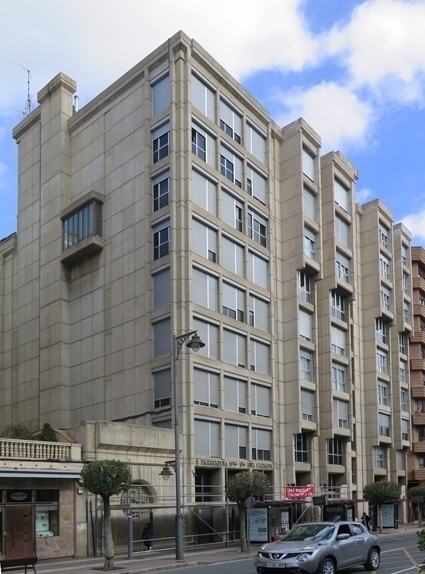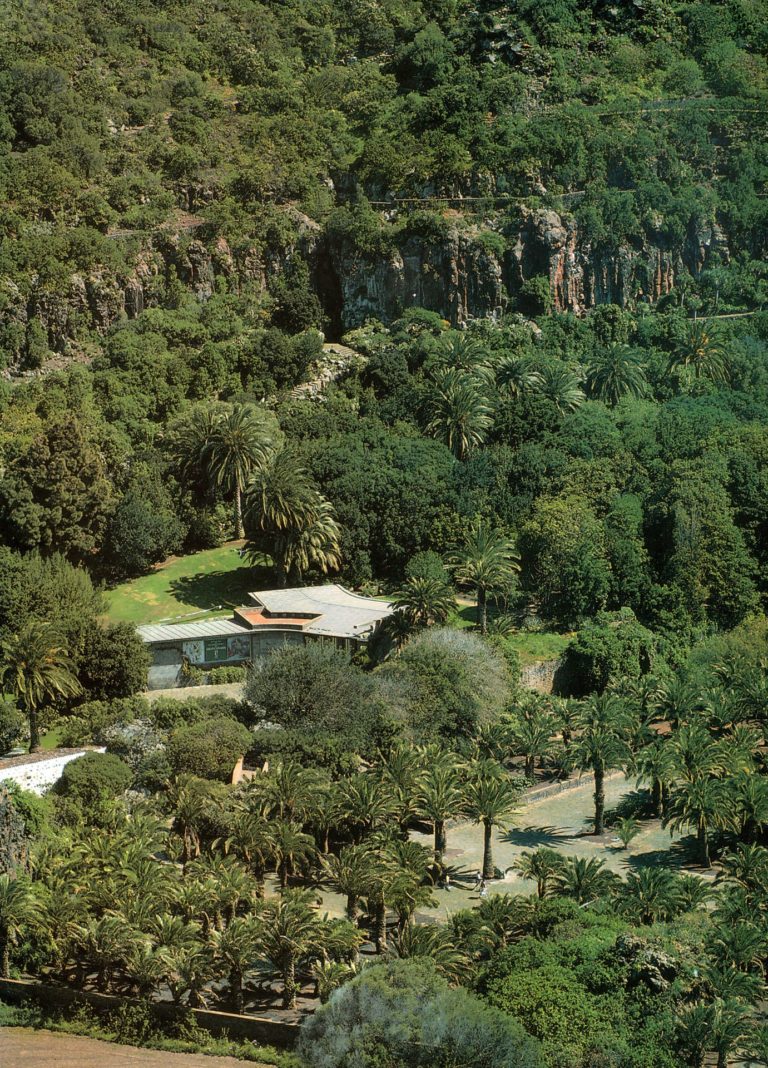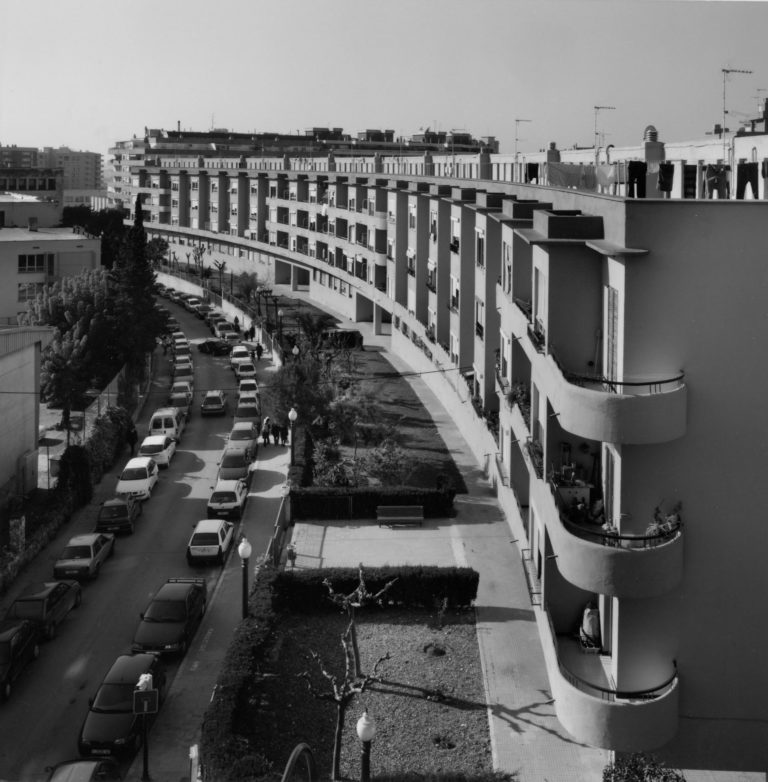Abstract
The relation between two creative areas such as architecture and literature, with so many common aspects in the construction of inhabited spaces and personal paradises, is remarkable in the works of the most important authors of the generation of 1927 (Rafael Alberti, Vicente Aleixandre, Dámaso Alonso, Manuel Altolaguirre, Luis Cernuda, Gerardo Diego, Federico García Lorca, Jorge Guillén, Emilio Prados and Pedro Salinas). In the literature of this generation, with numerous personal and professional relations with the generation of architects of the rationalist movement of 1925 and of the GATEPAC, it is possible to analyze its spaces of confluence with its architecture, from the infantile innocence of the first looks up to the last leaves of the groves. In his writings there is a lost architecture, an intense evocation of houses, cities in full urban transformation and distant remembered landscapes, specially in the forced exile of some authors to distant countries and in the interior exile of others, to the search of paradises as places of personal identification in an extremely troubled environment stained with blood by the Spanish Civil War and the Second World War. The memory of that past, after the great loss of so many hopes and the trauma of the Civil War, gained a special relevancy in the distance of the exile. They are testimonies that show the experiences of the inhabited spaces, in evocations differentiated by the personal view, the passing of time and for a few historical circumstances that tested their limits throughout their lives. It is a question of the search of inhabited spaces, in his less apparent, subtle and mysterious nuances, in an architecture described with the accuracy and literary quality of the works of these authors.
Fragments of confluence are found, often in an unexpected way, within literary and architectural experiences, that the professional practice of projects, judgments and rehabilitations enrich progressively, in the literary sources and the spaces recognized that so much information offer us from their inhabitants. The echoes of that brilliant generation of architects and writers, in the hopeful years of modernization shattered by the Civil War, dispersed by the adverse circumstances, cannot get lost definitively. They must still remain in those bright Andalusian flat roofs, in the bushes of its coasts, in the terraces of the Madrilenian district of Argüelles, in the Argentine groves, in the Antoni Bonet’s La Gallarda within the pinegroves of the Uruguayan coasts and, more recently, in the old houses of the Trastevere. Also in the patios with diffused light of the natal house of Cernuda and of the narrow Aire Street, in the historical centre of Seville which remains between its walls, without being completely forgotten, their distant initial dreams.
Thesis not available online











